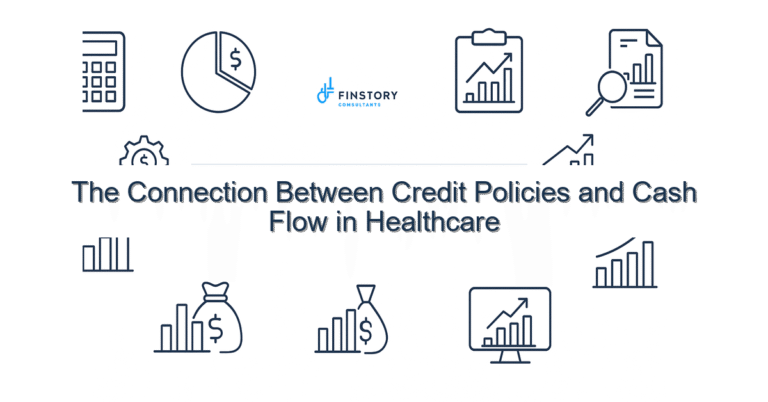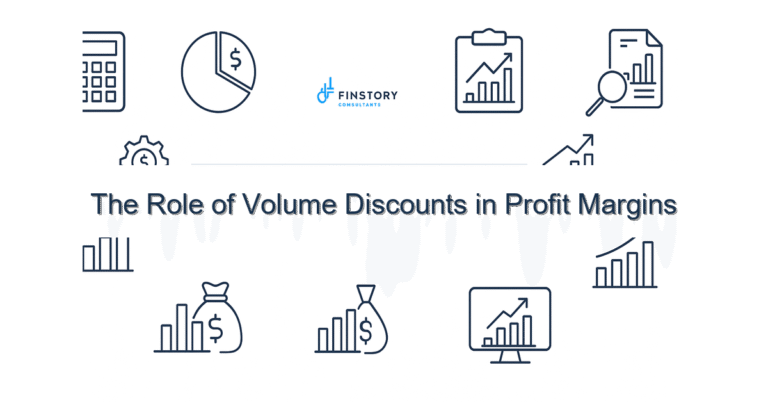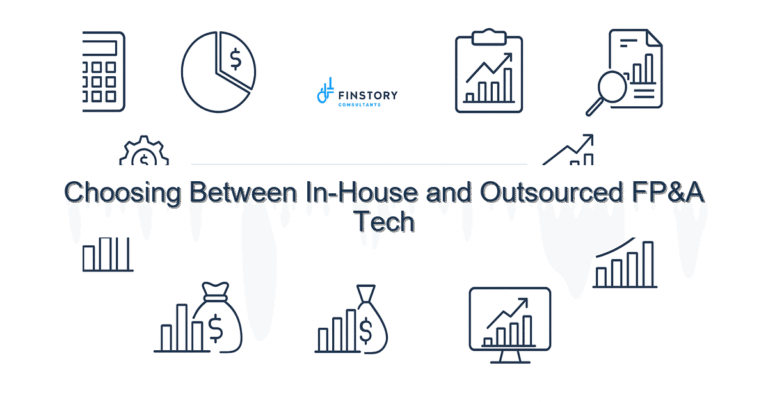KPI Alignment: Why It Matters Across Departments
You juggle margins, patient care, and regulatory deadlines—often with teams reading from different playbooks. When KPIs don’t line up, good intentions collide with bad data and the result is slow decisions and missed targets.
Summary: Aligning KPIs across clinical, operations, and finance gives leaders a single version of truth, speeds decision cycles, and turns conflicting objectives into coordinated actions—so your organization improves care and cash at the same time.
What’s the real problem?
In most health systems, departments report numbers that sound similar but mean different things. Operations tracks throughput, clinicians track quality, and finance tracks revenue. Without alignment, each team optimizes locally and the system suffers.
- Symptoms: Monthly meetings where leaders argue over different versions of “occupancy” or “cost per case.”
- Symptoms: Slow month‑end closes because FP&A waits for dozens of manual reconciliations.
- Symptoms: Clinical staff feel pressured by financial targets that don’t reflect clinical realities.
- Symptoms: Missed cash targets despite improved patient volumes—because charge capture or denials weren’t tracked the same way.
What leaders get wrong
Leaders often assume the numbers mean the same thing across teams. They also treat KPI alignment as a reporting exercise instead of an operational coordination problem.
- They measure activity, not outcome. Counting admissions doesn’t tell you if bed flow improved.
- They copy industry KPIs without adapting definitions to local workflows.
- They centralize dashboards but don’t change incentives—so the dashboard becomes wallpaper.
- They treat finance as the gatekeeper of truth instead of a partner in designing meaningful metrics.
A better approach
Think of KPI alignment as translating goals into shared language, not imposing a new set of rules. Here’s a practical 4-step framework you can use this quarter.
- Define shared definitions: Agree on exact metric formulas (numerator, denominator, time windows). Document them in one place.
- Map cause and effect: Link operational actions to financial outcomes (e.g., reduce ALOS → free beds → higher throughput → revenue uplift).
- Set cross-functional targets: Create joint targets owned by two leaders (e.g., CNO + CFO) with clear escalation paths.
- Automate and govern: Automate data feeds, publish a single dashboard, and run a monthly KPI review with both ops and finance present.
Real-world story: At a 300‑bed community hospital we worked with, admissions and billing used different definitions of “discharge date.” Reconciliation took five days each month. We standardized the date field, automated feeds to Power BI, and cut reconciliation time from five days to one. That change helped recover 12% more monthly cash collections purely by reducing billing lag.
Quick implementation checklist
- Pick 6 priority KPIs that matter to care and cash (e.g., ALOS, bed turnover, denials rate, AR days, CMI-adjusted revenue, patient satisfaction).
- Write a one-line definition for each KPI (including exact formula).
- Assign a cross-functional owner for each KPI (ops + finance).
- Identify the source system for each data element (EHR, billing, staffing) and note update cadence.
- Build or update a single Power BI report with those KPIs and a drill path to source data.
- Run a 30-day pilot: daily view for ops, weekly for finance, monthly for leadership.
- Hold a monthly KPI huddle with 30-minute agenda: anomalies, actions, and blockers.
- Document escalation rules when targets are missed.
- Automate at least one reconciliation that currently happens manually.
What success looks like
- Improved data accuracy: reduce manual adjustments by 80% and increase metric consistency to >95% identical views across teams.
- Faster decisions: reduce KPI-cycle time from 5 days to 1 day for key operational metrics.
- Operational improvement: shorten average length of stay by 0.3–0.6 days (measurable within 3 months).
- Financial impact: reduce AR days by 8–15% and improve monthly cash collection by low-double digits.
- ROI: expect payback on automation and dashboards within 6–12 months from staff time savings and improved revenue capture.
Risks & how to manage them
- Risk: Turf wars—teams resist shared ownership. Mitigation: Create joint KPIs with co‑ownership and incentives tied to shared outcomes.
- Risk: Garbage in, garbage out—bad source data leads to mistrust. Mitigation: Start with one clean source, automate feeds, and show source-to-dashboard traceability.
- Risk: Overreporting—too many KPIs dilute focus. Mitigation: Limit to 6–8 strategic metrics and retire or archive the rest.
Tools & data
Practical alignment needs practical tools. Finance automation to reduce manual reconciliations, Power BI for a single leadership view, and clear leadership reporting rhythms are the backbone.
- Use finance automation to capture charge capture, denials, and AR movements automatically.
- Use Power BI to publish a governed leadership dashboard with drillthrough to source records.
- Embed one-page KPI packs in leadership reporting to keep conversations focused on action, not definitions.
Next steps
If you’re ready to stop arguing about numbers and start acting on them, we can help. Start with a 4‑week alignment sprint: definitions, owners, one automated dashboard, and the first KPI huddle scheduled.
Contact Finstory to scope a short pilot that maps your KPIs, automates feeds, and sets the governance you need. We work side-by-side with CFOs, FP&A, controllers, and operations leaders to make these changes stick.
Work with Finstory. If you want this done right—tailored to your operations—we’ll map the process, stand up the dashboards, and train your team. Let’s talk about your goals.
📞 Ready to take the next step?
Book a 20-min call with our experts and see how we can help your team move faster.
Prefer email or phone? Write to info@finstory.net
or call +91 44-45811170.






